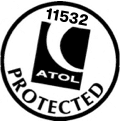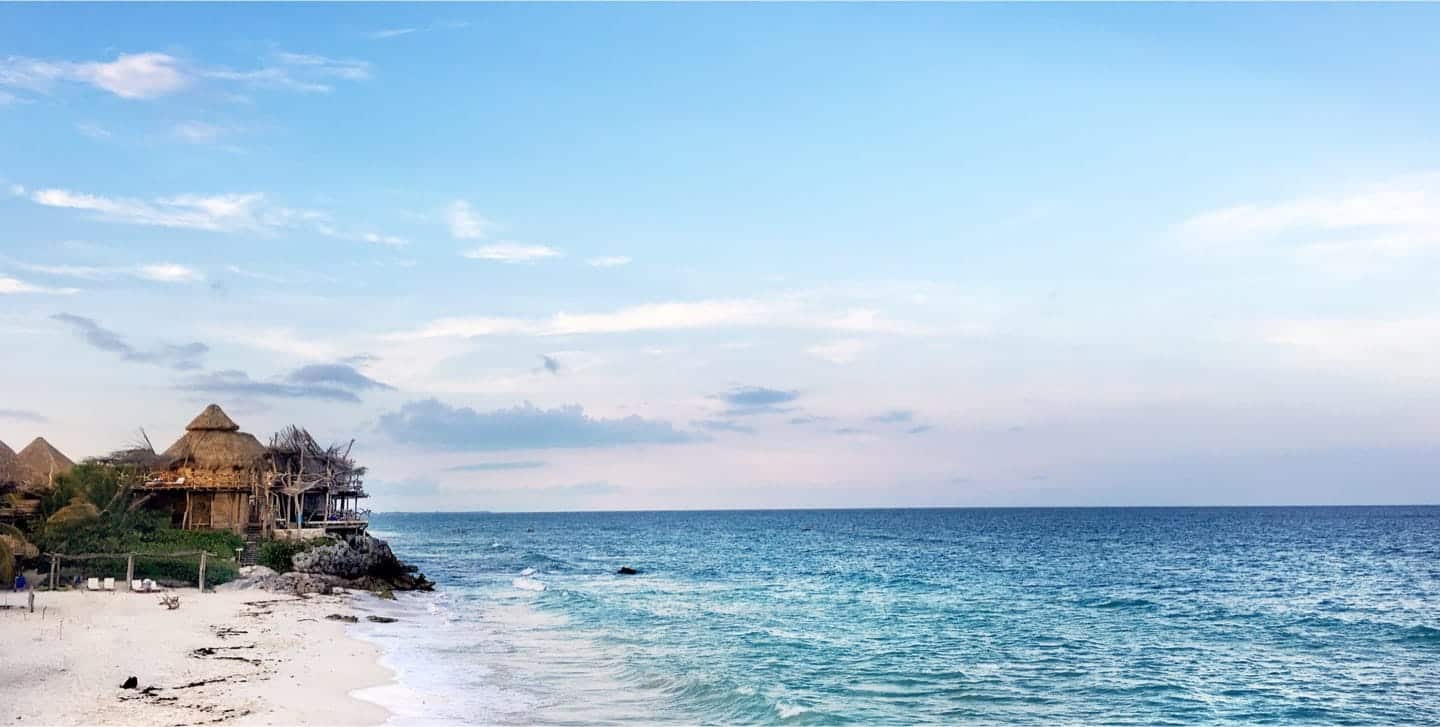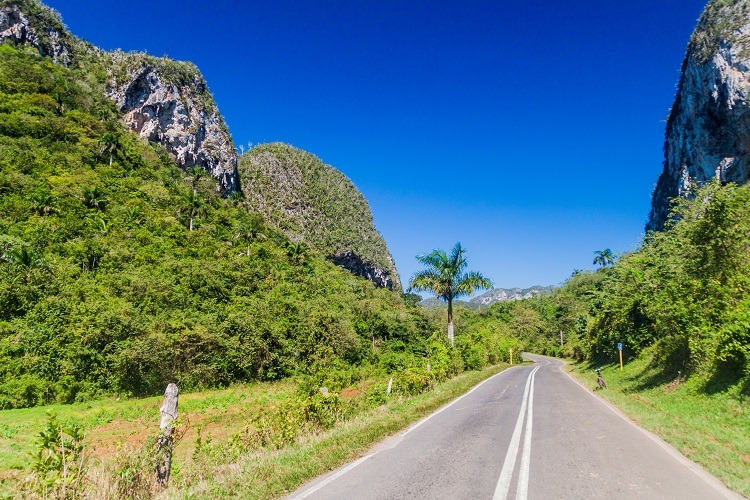
A guide to some of the very best drives in Cuba.
Although principally famous for its magnificent beaches and atmospheric colonial towns, Cuba boasts some of the most beautiful and unspoiled countryside in the Caribbean.
Being by far the largest island in the Caribbean also means that visitors looking to explore the country have ample opportunities to witness this countryside vis a vis a number of varied and memorable road trips.
|
|
|
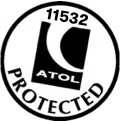 |
Beyond The Ordinary arrange fully bonded, tailor made holidays and tours to Cuba. Contact one of our experts on 01580 764796, email travel@beyondtheordinary.co.uk or contact us via our website. |
|
|
|
Our guide to the best drives in Cuba represents no more than a flavour of what the country has to offer as there are countless other routes and journeys that we could have included here.
1 – The Backroads from Havana to Vinales
The vast majority of visitors travelling between Havana & Vinales will speed along the A4 highway which, although by no means unattractive, misses out on some beautiful scenery to the north.
While it is possible to come off the A4 at Guanajay and follow the ‘coastal’ route (in reality, you won’t ever see the sea) via Cabanas, Bahia Honda, Las Pozas & La Palma, we wouldn’t recommend it. Road conditions are poor, signs are non-existent and, chances are, you’ll get very lost.
Instead, we suggest you head down the A4 as far as Cayajabos. Exiting here, follow the northern loop, a beautiful route through forested hills, passing by both Las Terrazas and the Soroa Botanical Gardens before re-joining the A4.
You don’t need to stay on the A4 for too much longer as, not far down the road, at San Cristobal, you will come off the highway once more and join the region’s original trunk road, the Carretera Central de Cuba. This single lane road slowly and scenically winds its way through picturesque countryside and somnolent villages on its way to Pinar del Rio.
En-route, be sure to stop off in the ‘spa town’ of San Diego de los Banos as well as beautiful and surprising Parque La Guira.
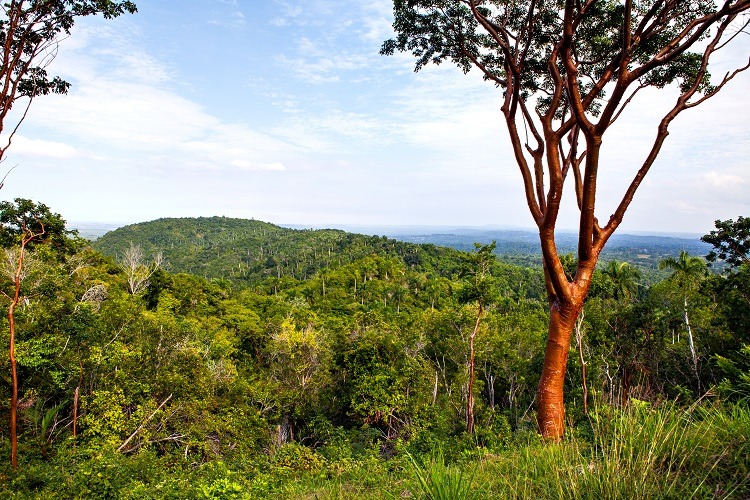
2 – The Bay of Pigs to Cienfuegos
The maritime city of Cienfuegos, and nearby Trinidad, are amongst the most popular traveller destinations in Cuba.
To reach them, most people head down the A1 as far as Agauda de Pasajeros before exiting the highway and heading south to Cienfuegos.
For those with time (you’ll need to add 2 – 3 hours extra), head down the A1 from Havana as far as Jaguey Grande and then take the 116 to Playa Larga on the historic Bay of Pigs.
The road then follows the Bay of Pigs south and east to Playa Giron where you now have a choice to make. You can either take the quicker, somewhat safer option, heading back inland along the 112 to Yaguaramas or you can continue along the coast past Guasasa before also heading inland and up to Yaguaramas.
When we refer to ‘safer’, we’re not suggesting that the second option is dangerous in terms of the route or any human ill intent. It’s just that the coastal route (which we drove a long time ago, and absolutely loved) is truly off the beaten track. If you break down, don’t expect much in the way of passing traffic or nearby locals to help you out.
If you wish to experience either of these options, it probably makes sense to break your journey in Playa Larga where there are a number of simple but comfortable casa particulares.
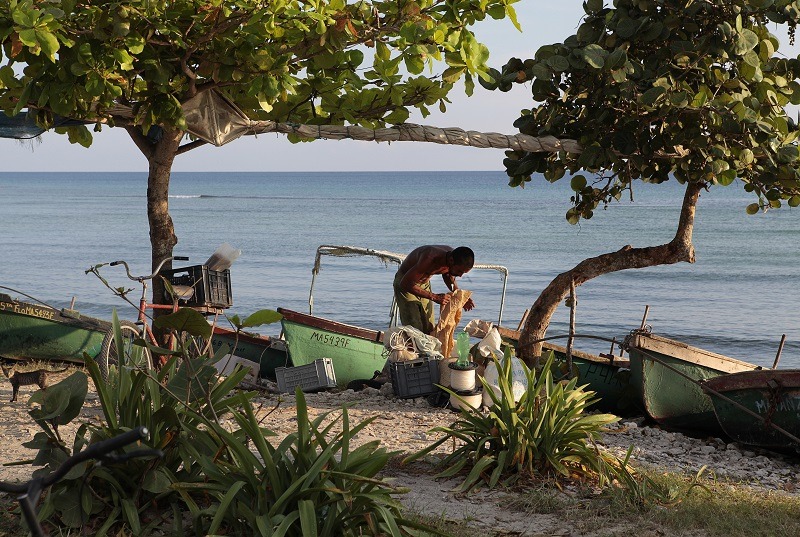
3 – Trinidad to Sancti Spiritus via the Valley of the Sugar Mills
The small, colonial town of Trinidad is probably Cuba’s number two traveller destination after Havana.
Just an hour’s drive east is yet another charming, colonial town, Sancti Spiritus. Although Sancti Spiritus has a decent spattering of accommodation, the vast majority of visitors to the region base themselves in Trinidad and visit Sancti Spiritus on a day trip.
The route between Trinidad and Sancti Spiritus is known as the Valley of the Sugar Mills and, not only is it one of the most historic driving routes in Cuba, it is also one of the most beautiful.
As well as being an enjoyable day trip, the Valley of the Sugar Mills can be incorporated into an itinerary including Trinidad & Santa Clara.
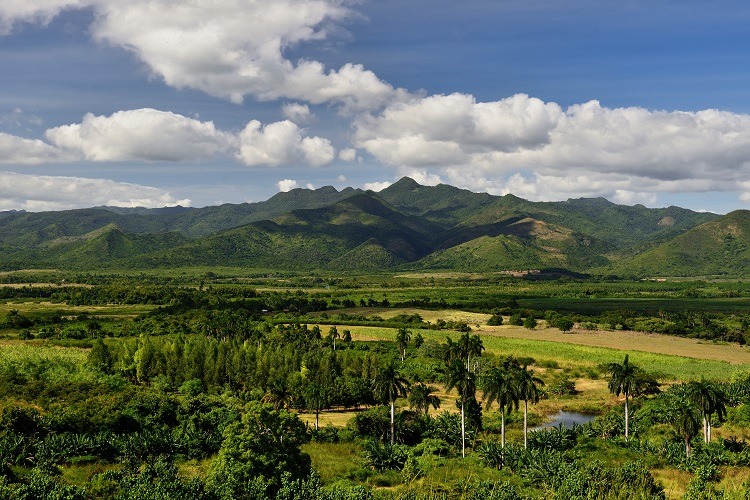
4 – Santa Clara to Trinidad through the Escambray Mountains
While Santa Clara and Trinidad look pretty close on a map, the direct route between the two colonial towns (as opposed to travelling via the aforementioned Valley of the Sugar Mills) takes a good three hours as the road winds its way up, through and then down the beautiful Escambray Mountains.
There are a number of points of interest en-route including Lake Hanabanilla, Topes de Collantes and the Casa Museo del Café.
While there are numerous great hiking opportunities just off this route, as facilities, signs and maps are near non-existent, you are better off arranging organised day trips from Trinidad.
The last part of this route (or the first part if doing it in reverse) involves steep gradients and road conditions that aren’t always great, ie pot-holes. While this shouldn’t discourage you from making the journey, you definitely shouldn’t attempt it in the dark!
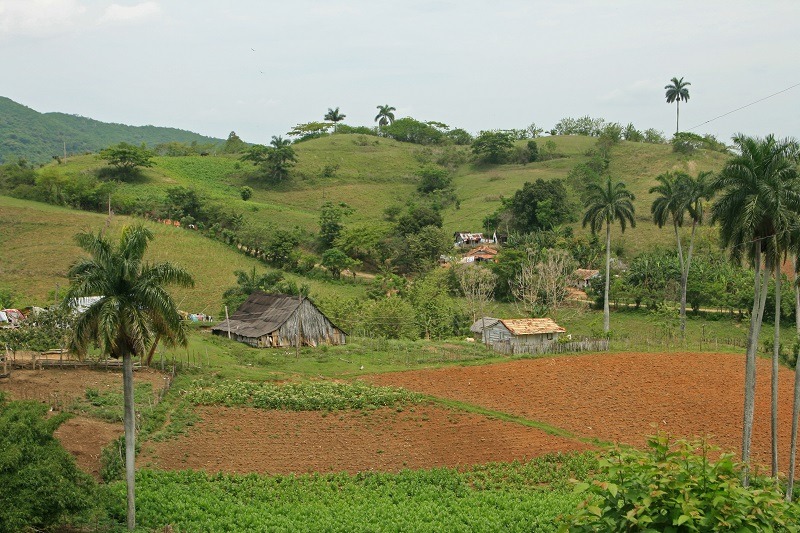
5 – Crossing to Cayos de Villa Clara via the Causeway.
Strung out along much of Cuba’s north coast are a series of islands blessed with picture-postcard turquoise seas and white, sandy beaches.
Currently, there are two causeways (also known as pedraplens) that connect the Cuban mainland to these islands.
The first causeway to open, near the town of Moron, links the mainland to the island resorts of Cayo Coco and Cayo Guillermo.
Further west along the coast, a second and even more picturesque causeway links the mainland (close to the town of Caibarien) to the Cayos de Villa Clara, a collection of islands that include Cayo Las Brujas, Cayo Ensenachos and Cayo Santa Maria.
From the mainland to the first of the islands, Cayo Las Brujas, the winding route just above the shallow lagoon takes slightly less than an hour and is a great prelude to time spent relaxing at some of Cuba’s best beach hotels.
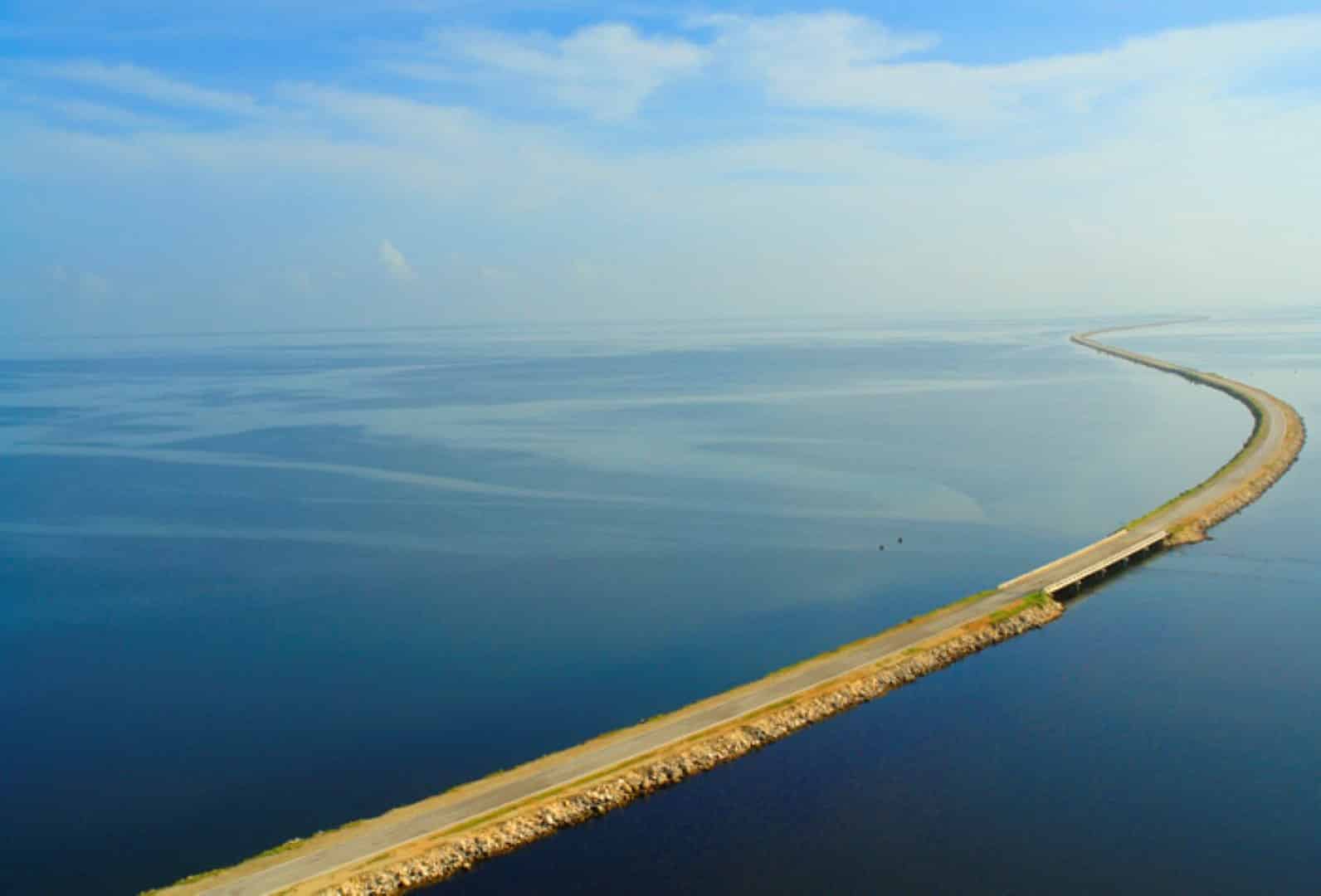
6 – Santiago de Cuba to Marea del Portillo
In stark contrast to the pan-flat island resorts off the north coast, the route west from Santiago de Cuba to Marea del Portillo hugs the most dramatic stretch of coastline in Cuba with the island’s highest and most dramatic mountain range, the Sierra Maestra, looming over its entire length.
Including Parque Nacional Turquino (featuring Cuba’s tallest mountain, Pico Turquino) and Gran Parque Nacional Sierra Maestra, there are just a spattering of small settlements along the entire route and, because the coast is so rugged and the sand somewhat dark, very little in the way of tourist development.
Although there are a couple of simple beach hotels near Chivirico, our suggestion would be to base oneself in Santiago de Cuba and head out and back along the coast as a day trip.
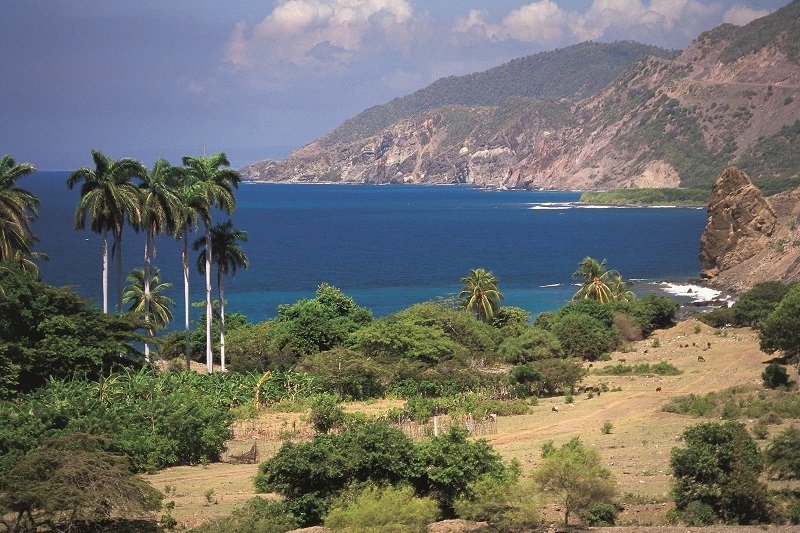
7 – La Farola to Baracoa
The majority of the drive from Santiago de Cuba to Baracoa is pleasant, if unspectacular, and includes the option to visit the charming town of Guantanamo, famous / infamous for its unwelcome near neighbour.
Having then tracked the coast for a while, the final part of the journey, known as La Farola, is one of the most spectacular driving routes in Cuba.
Suddenly turning inland, the road carves its way up and through lush, tropical mountains before just as quickly descending to the coast and Baracoa, the oldest colonial town in the Americas and Cuba’s number one traveller hangout.
Until La Farola was constructed in the 1960s, Baracoa was largely cut-off from the rest of Cuba and, with its verdant forests, beautiful rivers and abundance of fruit and cocoa farms, it almost feels as if one is crossing into a different country.
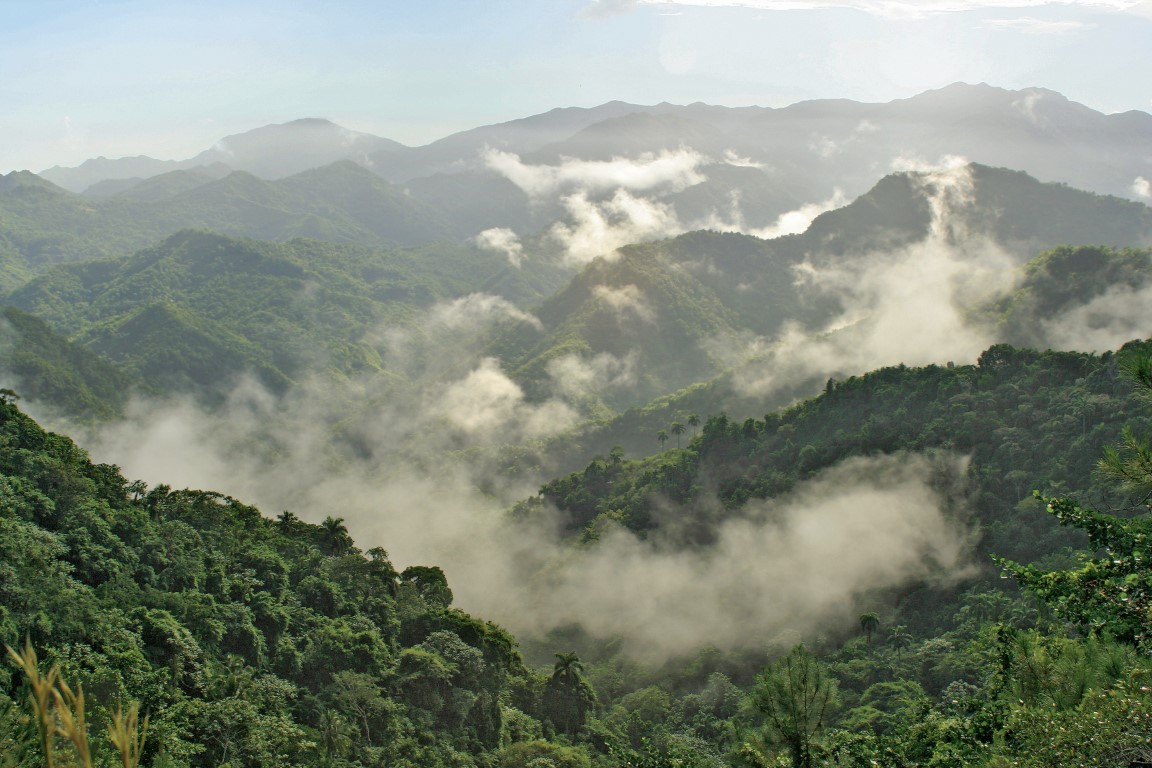
8 – Holguin to Guardalavaca
Made up of a collection of nearby beaches, Guardalavaca is considered by many to be Cuba’s most picturesque beach resort.
Located in the east of the island, the vast majority of visitors fly into the provincial capital of Holguin (either on international charter flights or on domestic flights from Havana) before transferring to the beach.
It’s only an hour or so by road but the route from Holguin to Guardalavaca but it’s a journey that perfectly sets one up for a spot of well-earned R&R.
There are no dramatic mountains or panoramic views en-route, just some of the most beautiful, rolling countryside that Cuba has to offer.
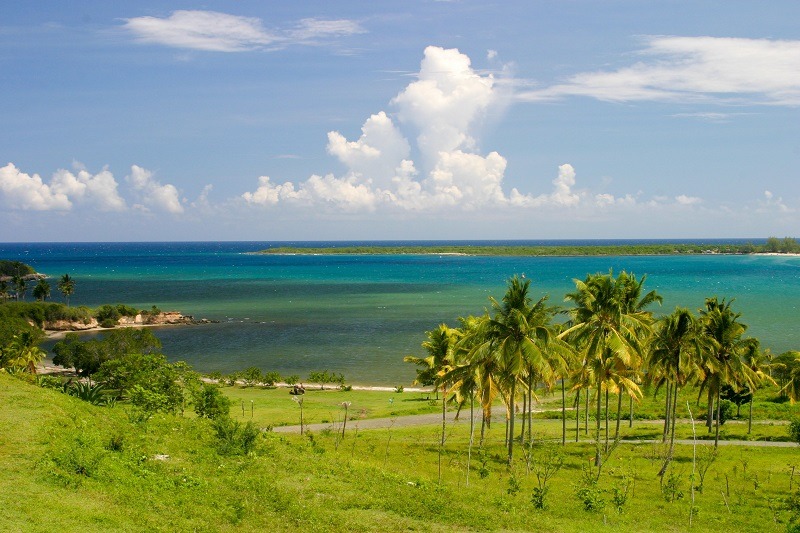
In addition to the above, eight best drives in Cuba, other routes include pretty much anywhere around the Vinales Valley, the short drive along the coast from Cienfuegos to Trinidad, the drive to Santo Domingo for the hike up to La Plata and the drive from Santiago de Cuba up to La Gran Piedra.
On the subject of drives in Cuba, you may also be interested in some of our other features including Cuba Bus Routes & Schedules (there is a tourist bus service between Santiago & Baracoa), Roads & Highways of Cuba, Driving Times In Cuba & Driving in Cuba as well as our our dedicated section Cuba Fly Drive holidays.
Please note too that, as of 1st December 2020, petrol in Cuba can only be paid for by card.

